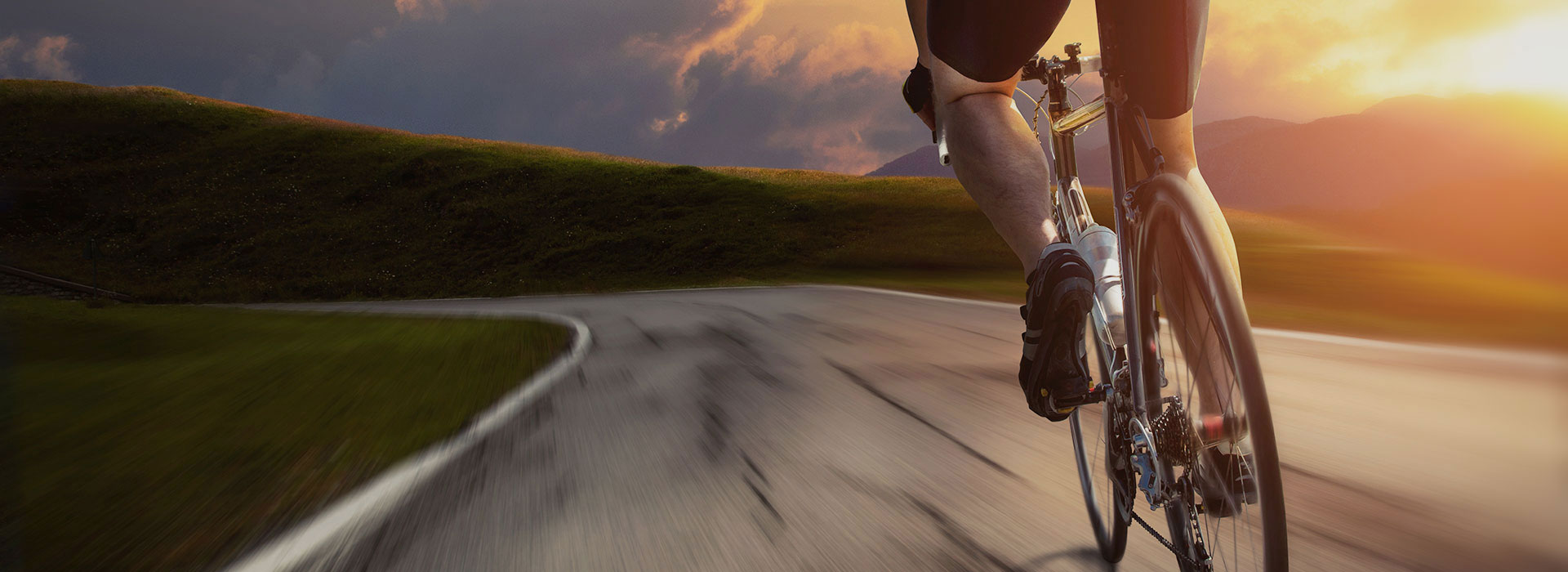- Español
- Português
- русский
- Français
- 日本語
- Deutsch
- tiếng Việt
- Italiano
- Nederlands
- ภาษาไทย
- Polski
- 한국어
- Svenska
- magyar
- Malay
- বাংলা ভাষার
- Dansk
- Suomi
- हिन्दी
- Pilipino
- Türkçe
- Gaeilge
- العربية
- Indonesia
- Norsk
- تمل
- český
- ελληνικά
- український
- Javanese
- فارسی
- தமிழ்
- తెలుగు
- नेपाली
- Burmese
- български
- ລາວ
- Latine
- Қазақша
- Euskal
- Azərbaycan
- Slovenský jazyk
- Македонски
- Lietuvos
- Eesti Keel
- Română
- Slovenski
- मराठी
- Srpski језик
Dos and Don'ts for Cycling Travel (2)
2022-04-02
Dos and Don'ts for Cycling Travel (2)
4. Many books emphasize the importance of bicycle adjustment and posture. There are special books on how to adjust the height of the handlebars and seat cushions and choose the appropriate frame and crank. I will not talk about it here. Here are some precautions about posture. In fact, there is no standard posture for long-term cycling. Everyone can have his own method, but the point is that after riding for a long time, it is best to change the posture often, including changing the position of the hand, lifting the buttocks off the seat cushion, and arching the back. , stretch the shoulders and neck to reduce joint muscle damage and nerve paralysis caused by stiffness. In addition to the posture, it is also very important to get out of the car for a short rest. In addition to stretching exercises, add water and heat by the way, but the time should not exceed ten minutes to avoid the body becoming more rigid.
5. Recommendations for such rides over one hundred kilometers or more than six hours:
(1) Early departure: In the morning, the weather is usually better in the mountains, it is not too hot, there are few cars, and in the afternoon, there is more ample time to deal with the problem of poor physical strength or bad weather to change the target.
(2) Pay attention to your own pace: Everyone's physical strength is different, don't be too reluctant, and consciously rest when you need to rest, so as to avoid accidents.
(3) Eat more: If possible, eat small and frequent meals along the way, and eat more digestible carbohydrates. If you feel tired and annoyed and cannot continue, you may have low blood sugar.
(4) Drink more: Drinking more water is probably the most important thing in long-distance cycling, and many athletes emphasize this point and force themselves to drink water when they don’t feel the need. If you don't pee every one to two hours or if your urine isn't golden brown but dark brown, you're drinking too little water.
(5) Have lunch: usually more than six hours of riding, there must be a lunch time, if it is not a race, it is best to get off the bus and have a good meal, because the afternoon trip may not be downhill but you The stamina is usually downhill, and it's best to get some real rest.
(6) Find a companion: For long-distance rides, you must have people who ride together. In addition to safety issues, there are also studies showing that just having a companion next to you can endure more pain and improve performance. In addition, experienced riders can enjoy the fun of riding in groups to break the wind and reduce resistance.

4. Many books emphasize the importance of bicycle adjustment and posture. There are special books on how to adjust the height of the handlebars and seat cushions and choose the appropriate frame and crank. I will not talk about it here. Here are some precautions about posture. In fact, there is no standard posture for long-term cycling. Everyone can have his own method, but the point is that after riding for a long time, it is best to change the posture often, including changing the position of the hand, lifting the buttocks off the seat cushion, and arching the back. , stretch the shoulders and neck to reduce joint muscle damage and nerve paralysis caused by stiffness. In addition to the posture, it is also very important to get out of the car for a short rest. In addition to stretching exercises, add water and heat by the way, but the time should not exceed ten minutes to avoid the body becoming more rigid.
5. Recommendations for such rides over one hundred kilometers or more than six hours:
(1) Early departure: In the morning, the weather is usually better in the mountains, it is not too hot, there are few cars, and in the afternoon, there is more ample time to deal with the problem of poor physical strength or bad weather to change the target.
(2) Pay attention to your own pace: Everyone's physical strength is different, don't be too reluctant, and consciously rest when you need to rest, so as to avoid accidents.
(3) Eat more: If possible, eat small and frequent meals along the way, and eat more digestible carbohydrates. If you feel tired and annoyed and cannot continue, you may have low blood sugar.
(4) Drink more: Drinking more water is probably the most important thing in long-distance cycling, and many athletes emphasize this point and force themselves to drink water when they don’t feel the need. If you don't pee every one to two hours or if your urine isn't golden brown but dark brown, you're drinking too little water.
(5) Have lunch: usually more than six hours of riding, there must be a lunch time, if it is not a race, it is best to get off the bus and have a good meal, because the afternoon trip may not be downhill but you The stamina is usually downhill, and it's best to get some real rest.
(6) Find a companion: For long-distance rides, you must have people who ride together. In addition to safety issues, there are also studies showing that just having a companion next to you can endure more pain and improve performance. In addition, experienced riders can enjoy the fun of riding in groups to break the wind and reduce resistance.






